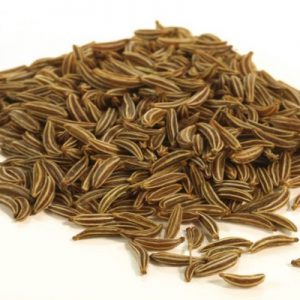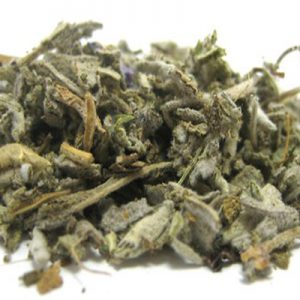Shop

Cloves
February 18, 2019Cinnamon
EGP0.00
Distribution: Grows best in almost pure sand, requiring only 1 per cent of vegetable substance; it prefers a sheltered place, constant rain, heat and equal temperature. The Dutch owned the monopoly of the trade of the wild produce, and it was not cultivated until 1776, owing to Dutch opposition and the belief that cultivation would destroy its properties. Cinnamon is now largely cultivated. The tree grows from 20 to 30 feet high, has thick scabrous bark, strong branches, young shoots speckled greeny orange, the leaves petiolate, entire, leathery when mature, upper side shiny green, underside lighter; flowers small white in panicles; fruit, an oval berry like an acorn in its receptacle, bluish when ripe with white spots on it, bigger than a blackberry; the root-bark smells like cinnamon and tastes like camphor, which it yields on distillation. Leaves, when bruised, smell spicy and have a hot taste; the berry tastes not unlike Juniper and has a terebine smell; when ripe, bruised and boiled it gives off an oily matter which when cool solidifies and is called cinnamon suet.
The commercial Cinnamon bark is the dried inner bark of the shoots.
Cinnamon has a fragrant perfume, taste aromatic and sweet; when distilled it only gives a very small quantity of oil, with a delicious flavour.
Constituents:0 to 10 per cent of volatile oil, tannin, mucilage and suga.
Uses: Carminative, astringent, stimulant, antiseptic; more powerful as a local than as a general stimulant; is prescribed in powder and infusion but usually combined with other medicines. It stops vomiting, relieves flatulence, and given with chalk and astringents is useful for diarrhoea and haemorrhage of the womb.




